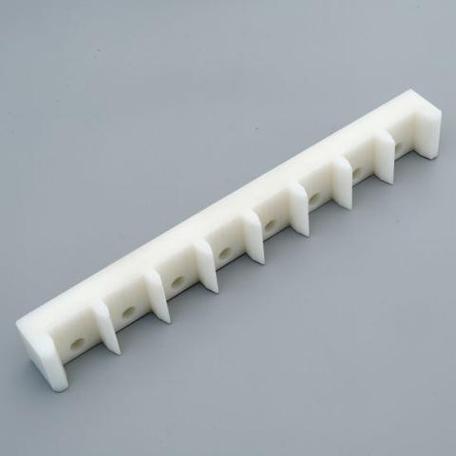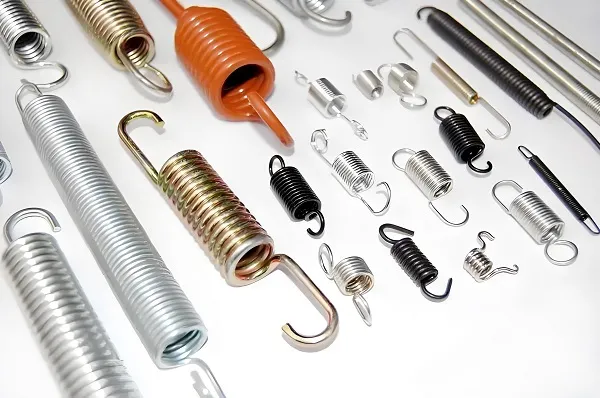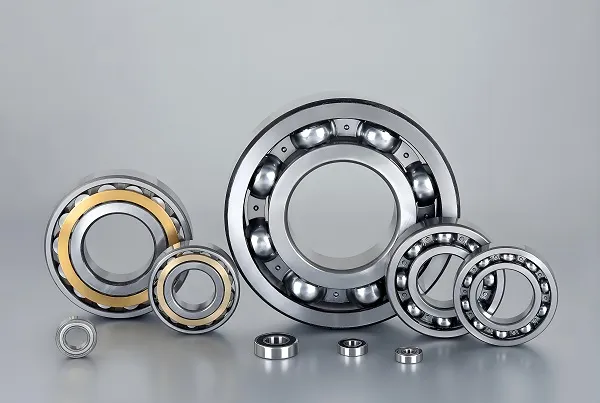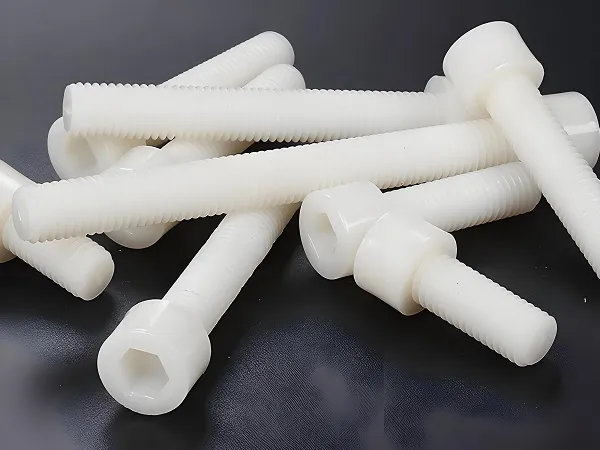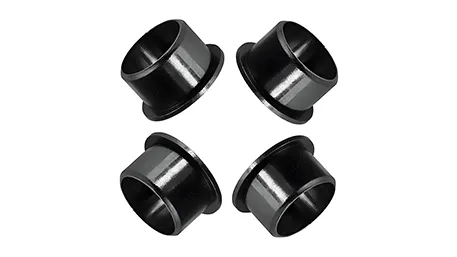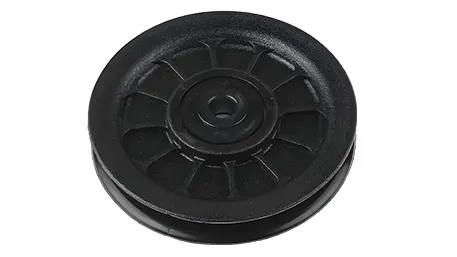Medical plastic parts are essential components in healthcare, crafted from biocompatible plastics. They’re used in devices from surgical tools to diagnostic equipment, offering advantages like sterility, durability, and cost-effectiveness. Customization tailors these parts to specific medical needs, ensuring precision, safety, and optimal performance in critical healthcare applications.
1. Why Custom Medical Plastic Parts
Medical devices vary greatly in function, size, and usage—from tiny implant components to large diagnostic machine parts. Standard parts often fail to meet strict requirements like biocompatibility, sterility, or precise dimensions.
Custom medical plastic parts address this by adapting to unique device designs, patient-specific needs (e.g., custom orthopedic aids), and regulatory standards (e.g., FDA, ISO). They ensure a perfect fit, reduce risk of contamination, and enhance device efficiency, making them indispensable for specialized medical applications.
2. Medical Plastic Parts Processing Technologies
- Injection Molding: Melts plastic resin and injects it into molds, ideal for high-volume, complex parts (e.g., syringe barrels). Ensures consistency and tight tolerances.
- 3D Printing: Builds parts layer-by-layer from medical-grade filaments, suited for low-volume, intricate designs (e.g., patient-specific surgical guides). Enables rapid prototyping.
- CNC Machining: Precision cuts plastic blocks to create detailed parts (e.g., valve components). Ideal for materials too rigid for molding.
- Thermoforming: Heats plastic sheets and shapes them over molds, used for trays, enclosures, and other large, shallow parts.
3. Medical Plastic Parts Processing Flow
- Requirement Analysis: Define specs (material, size, biocompatibility) and regulatory compliance (e.g., USP Class VI).
- Design & Prototyping: Use CAD software to design, then 3D print or machine a prototype for testing.
- Material Selection: Choose medical-grade plastics (e.g., PEEK for implants, PP for disposables) based on usage.
- Production: Use injection molding, 3D printing, or other technologies for manufacturing.
- Sterilization: Apply methods like gamma radiation or ethylene oxide (EtO) to meet sterility standards.
- Quality Testing: Inspect for defects, dimensional accuracy, and biocompatibility.
- Packaging & Delivery: Sterile packaging ensures parts remain contamination-free until use.
4. Medical Plastic Parts Characteristics
- Biocompatibility: Safe for contact with human tissue/blood (meets ISO 10993 standards).
- Sterilizability: Withstands repeated sterilization without degradation.
- Precision: Tight tolerances (often ±0.001 inches) for accurate device function.
- Chemical Resistance: Resists harsh disinfectants and bodily fluids.
- Lightweight: Reduces device weight for easier handling (e.g., in surgical tools).
5. Medical Plastic Parts Applications
- Diagnostic Equipment: Casings, test tube holders, and sensor components.
- Surgical Tools: Handles, instrument housings, and disposable scalpel guards.
- Implantables: Orthopedic spacers, dental fixtures (made from PEEK or PMMA).
- Patient Care: Syringes, IV components, and wheelchair parts.
- Laboratory Devices: Pipette tips, centrifuge tubes, and reagent containers.
6. Medical Plastic Parts Performance Additions
- Antimicrobial Coatings: Inhibit bacterial growth (e.g., on hospital bed components).
- Radiopacity: Add barium sulfate to make parts visible under X-rays (e.g., catheter markers).
- Lubrication: Coat surfaces to reduce friction (e.g., on syringe plungers).
- Color Coding: Use pigments for easy identification (e.g., different colored IV connectors).
7. Medical Plastic Parts Common Questions
- Are custom parts more expensive than standard ones?
Small batches may cost more, but large-scale production (via injection molding) reduces per-unit costs. Customization avoids costly device redesigns.
- How long does production take?
Prototyping takes 1–2 weeks; mass production via molding takes 4–6 weeks. 3D printing speeds up small runs.
- Which plastics are best for implants?
PEEK (biocompatible, strong) and titanium-reinforced plastics are common. Disposables often use PP or PE.
- Do parts meet global regulations?
Yes—we ensure compliance with FDA, CE, and ISO standards, providing certification documentation.
Need custom medical plastic parts for your device? Whether it’s a prototype for a new surgical tool or mass-produced components, we’ve got you covered. Share your requirements in the comments, and our team will provide tailored solutions, including material recommendations and regulatory guidance!
